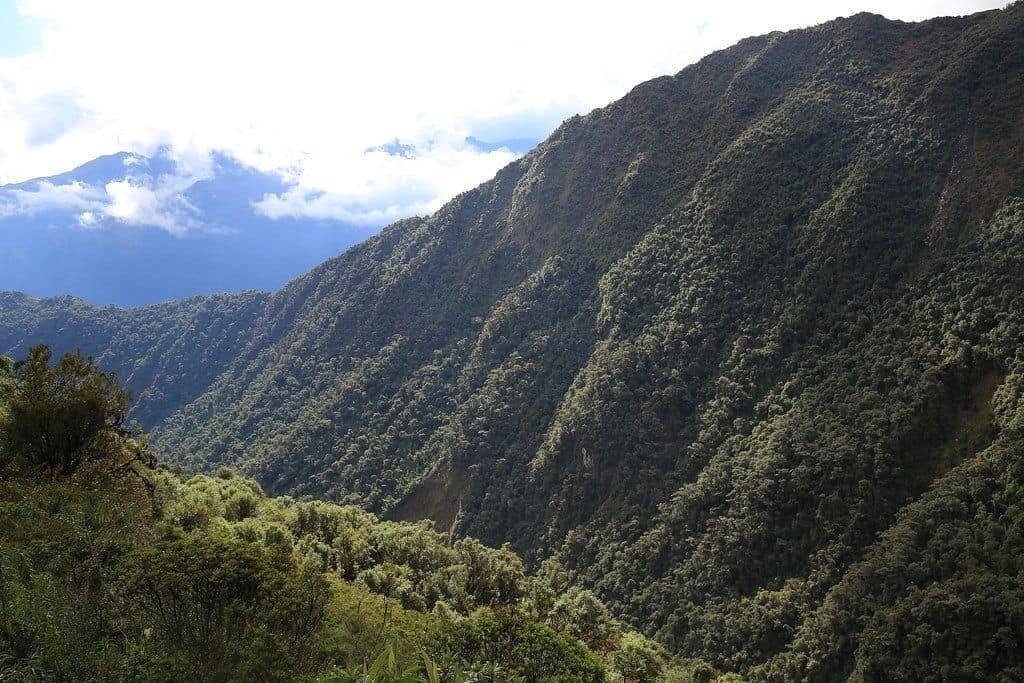If there is one wish that a trekker would ever make upon a shooting star, it would be to trek the pathways paved by the mighty Incas hundreds of years ago. Trekkers, adventure seekers, tourists and explorers know Peru as home to the great Inca Trails. Inca trail is one of the most scenic and the most thrilling treks in the world. However, not many people know that the Inca Trails are spread much wider than the routes to the ancient city of Machu Pichu, and that these trails are part of South America’s rich history.
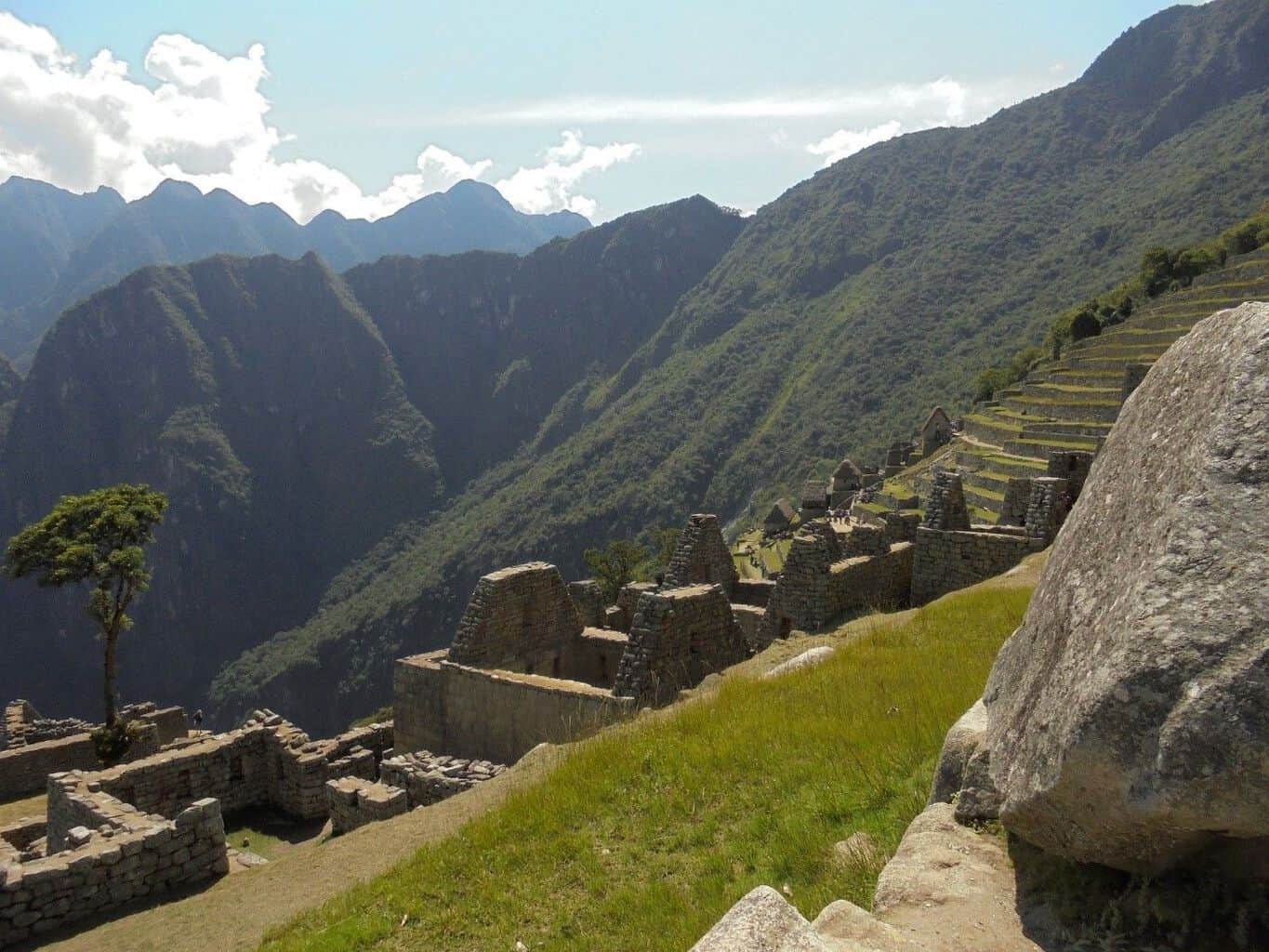
The Inca Trails: A Vast Network of Pathways
The Classic Inca Trail which leads from Cusco, the capital of the Inca Empire, to the Intipunko or the Sun Gate, one of the seven wonders of the world, is the most famous hiking trail in Latin America. It is, however, only a chord in a 23,000 kilometers long intricate network of trails, the Qhapac Ñan, which lines the continental coastline. It stretches to connect the four regions of the empire, referred to as the Tahuantinsuyo Empire across the modern-day Peru, Columbia, (west of) Brazil, Ecuador, Bolivia, (central) Chile and (north of) Argentina. It was a network of roads which served as a strong communication network and a symbolized integration of the vast and continually expanding Inca Empire.
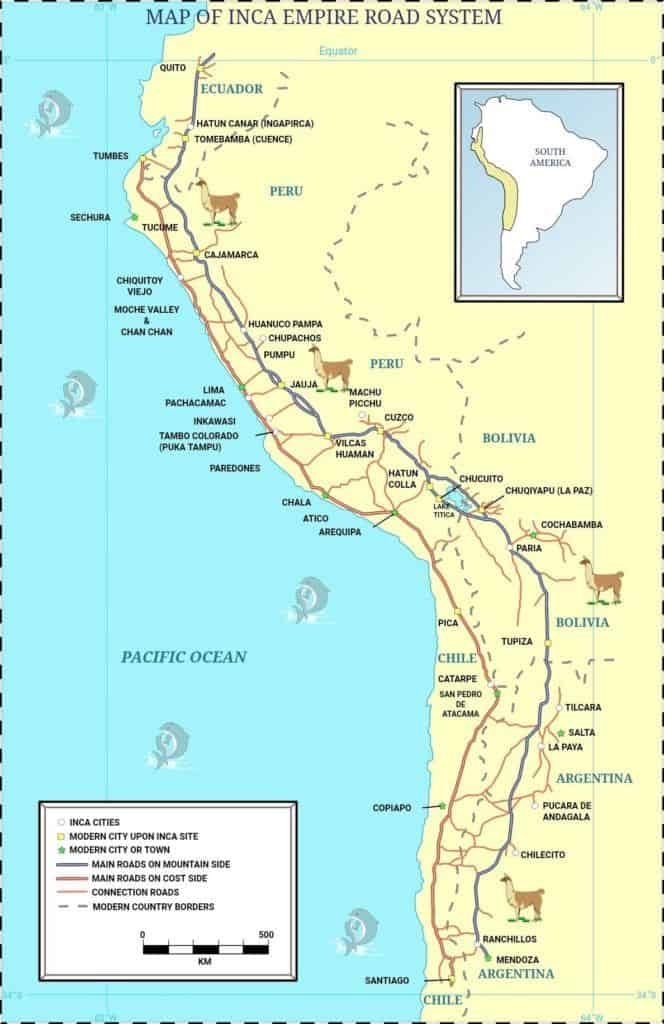
The sun may have set on the mighty empire centuries ago, but even today innumerable tourists flock to Peru to trek through time. A huge number of tourists are eager to watch the magical sunrise at Machu Pichu.
Marvels of Ancient Engineering Excellence
The Inca Empire is famed for its might, civilization, culture, governance and engineering. The irrigation system, road networks and architecture of the Incas are marvels of their engineering. They laid out the comprehensive, well-designed and well-curated communication network of Qhapac Ñan during their time without using any metallic tools or construction methods or equipment that the most advanced engineers and architects used in the rest of the world at that point in time. The Inca Trails are a longstanding proof of the engineering excellence of this empire. While researchers and historians are of the view that some of these trails are thousands of years old and precede the Inca Civilization’s emergence itself, they have plenty of evidence to affirm that it was the Incas, Huayna Capac in particular, who developed this network and expanded it manifold.
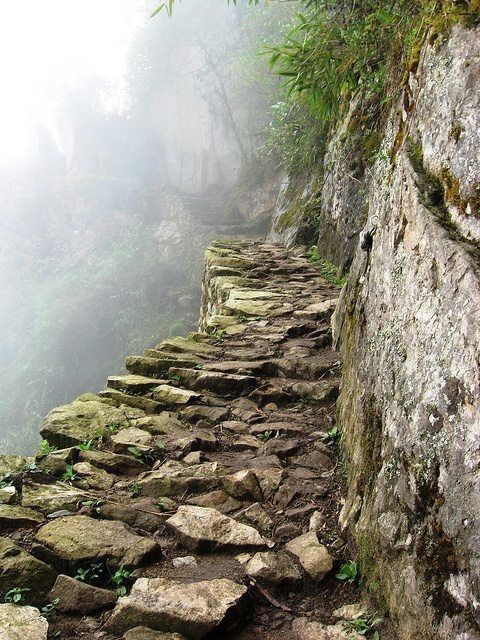
Pathways of Peruvian trails
The Inca Trails lined the coastal areas and branched out into mountainous terrains, circled around cliffs, passing through tunnels and valleys and connected by bridges. These tracks were constructed to support humans and llamas who were capable of crossing steep gradients.
The construction was largely nonuniform. According to the experts, the Incas relied on the local landscape and materials. Small walls of stones or markers made out stones, wood or canes were used to protect the trails. Some of these trails are carved at narrow edges of the hills while others cross through tunnels. Researchers are yet to understand the methods employed by the Inca engineers. The construction is astonishingly professional and strikingly unconventional.
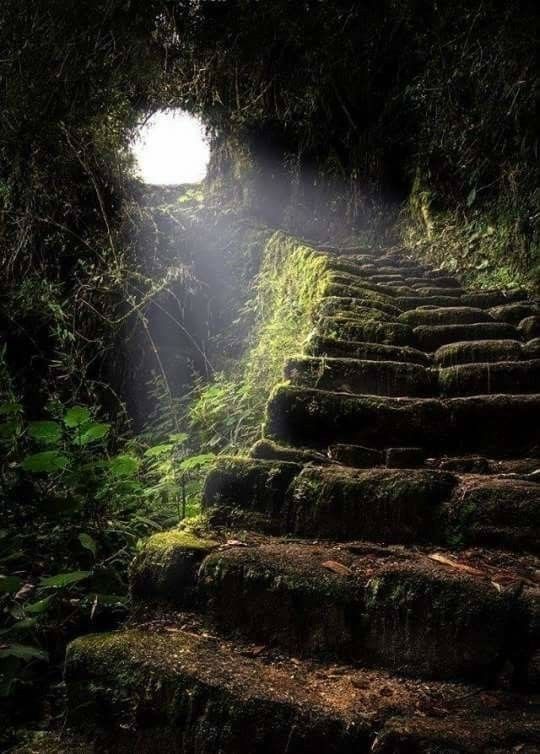
Qhapac Ñan: The Spine of the Inca Empire
The Inca Trails network was the spine of the vast empire which basked in glory for a century. It provided the much-needed logistical framework for communication, mobilization of army and logistic supply. Llamas and humans use to walk on this trail. One of the most significant and frequent trekkers in those days were the messengers. They carried messages from corner to the empire to another. It was this very network of Inca Trails which kept the empire integrated and aided defense, governance and economy. This network was truly a symbol of the Inca civilization in itself.
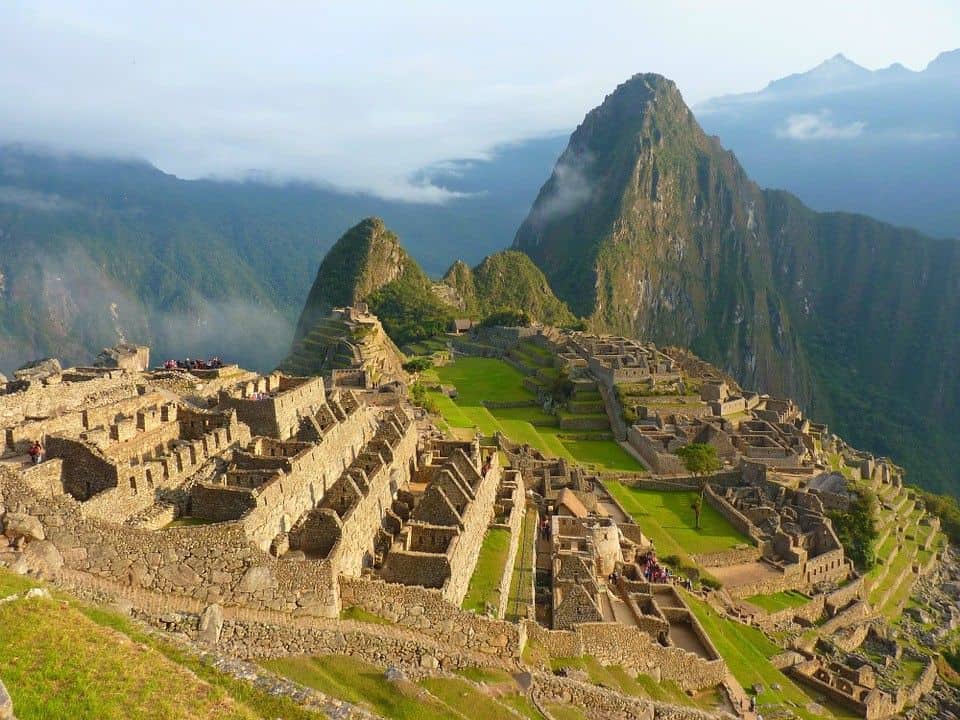
The Incan Wonder: A Modern-Day Adventurer’s Paradise
The Inca trails network has become smaller due to wars, earthquake and other calamities. A few remnants of Inca trail are still remain though. These remnants of the glory of the once mighty empire feed the adventure appetite of the modern-day explorers. Peru hosts some of the most exciting, thrilling and beautifully diverse Inca Trails which attract thousand of tourists every year. In 1970s the Peruvian government decided to develop tourism sector, the inca trail became the premier center of attraction. Tourists and explorers from around the globe explored the untouched beauty of Inca trail.
The pathways which once served as sacred routes for pilgrimage became hiking trails for the bag-packers and adventure-seekers. Those who dare to live their life on the edge, have the urge to explore the wonders of nature. Those who possess a heart to trek through time find their paradise along the Inca Trails.
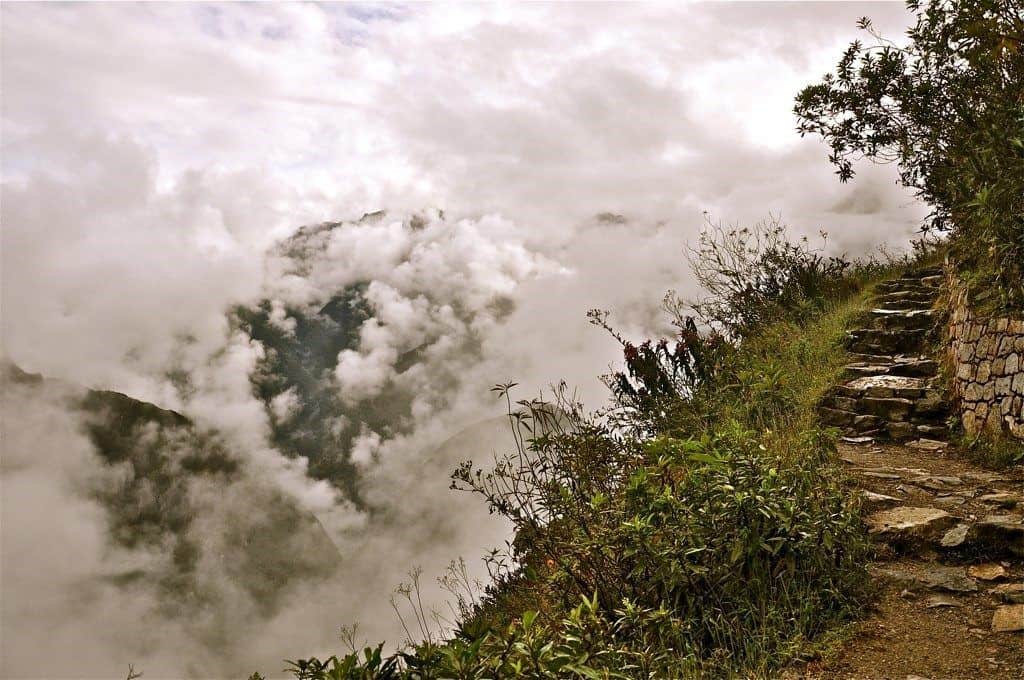
Inca Trek: Treasures of Thrill and Marvels
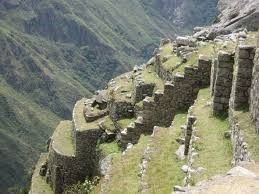
Some of the finest Inca Trek options in Peru include the Classic Inca Trail, the Salcantay Inca Trail, the Choquequirao Trail and the Sacred Trail. Peru’s ancient treks are for anyone who wishes to breathe in the air of adventure and live the thrill. The legendary Inca Trails of Peru are a symbol of the glorious past of the Inca civilization and a manifestation of the evolution of this country, a binding of times of yesterday and today and food for an adventurous soul. It is their history that defines their exceptional experiences today.
